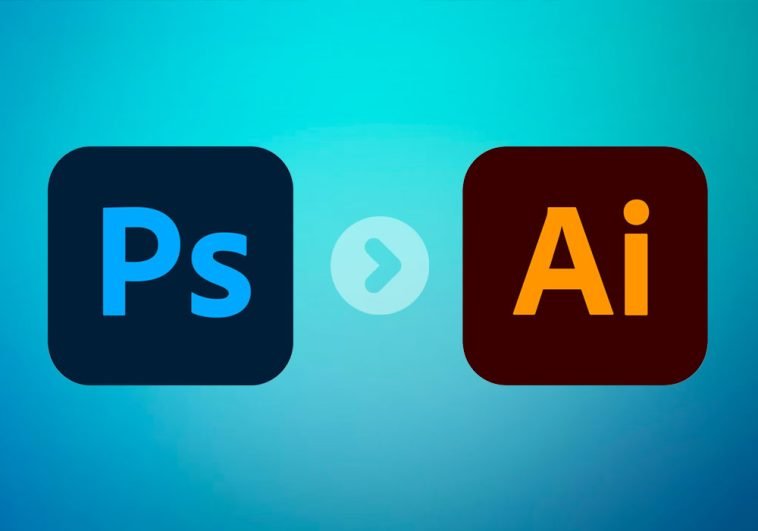Introduction.
Pixelation, a common issue in digital images, can significantly detract from the overall quality and clarity of a picture.
Whether caused by resizing, low-resolution sources, or compression, pixelation can make an image appear blocky and unclear, affecting its visual appeal and professional presentation.
Fortunately, Adobe Photoshop, the industry-standard image editing software, offers a range of powerful tools and techniques to address this problem and restore the image to its former sharpness and detail. In this guide, we will explore how to fix a pixelated image in Photoshop, step by step.
From basic adjustments to advanced resampling techniques, we will provide you with the knowledge and skills needed to rescue your pixelated photos and create stunning, high-quality visuals.
Whether you’re a photographer, graphic designer, or hobbyist, understanding how to rectify pixelation in Photoshop will prove invaluable in enhancing your digital projects and ensuring your images leave a lasting impression.
No longer will pixelation stand in the way of showcasing your creativity and vision. Let’s embark on this journey to refine your Photoshop expertise and unlock the secrets to restoring clarity and definition to your pixelated images.
How Do I Fix Pixelated Image In Photoshop?
Whether it’s due to resizing, low-resolution sources, or compression, pixelation can make an otherwise stunning image look blocky and unappealing.
However, fear not! Adobe Photoshop, the powerhouse of image editing software, offers a wealth of tools and techniques to rescue pixelated images and restore their visual integrity.
In this step-by-step guide, we will walk you through the process of fixing a pixelated image in Photoshop.
Whether you’re a seasoned designer or a beginner exploring the world of digital editing, these methods will equip you to tackle pixelation challenges with confidence and precision.
1. Start with a High-Resolution Image.
When it comes to fixing pixelation, it’s essential to start with the best possible source image.
If you’re working with a pixelated image, see if you have access to a higher-resolution version. Starting with a high-quality image will provide a better foundation for the restoration process.
2. Use the “Smart Sharpen” Filter.
The “Smart Sharpen” filter is an excellent starting point for fixing pixelated images. Go to “Filter” in the top menu, then select “Sharpen” and “Smart Sharpen.”
Adjust the Amount and Radius sliders to fine-tune the sharpening effect. Be cautious not to over-sharpen, as it can lead to artefacts and make the image look unnatural.
3. Try the “Unsharp Mask” Filter.
Another sharpening option is the “Unsharp Mask” filter. Access it through “Filter” > “Sharpen” > “Unsharp Mask.”
Similar to the “Smart Sharpen” filter, adjust the Amount and Radius to find the right balance for your image. Use a light touch, as excessive sharpening can worsen the pixelation.
4. Utilize the “Reduce Noise” Filter.
In some cases, pixelation can be accompanied by noise. To address this, you can use the “Reduce Noise” filter. Navigate to “Filter” > “Noise” > “Reduce Noise.”
Adjust the Strength, Preserve Details, Reduce Color Noise, and Sharpen Details sliders until you achieve the desired effect. Reducing noise can enhance the overall clarity of the image and mitigate the appearance of pixelation.
5. Experiment with the “Surface Blur” Filter.
The “Surface Blur” filter can be effective in reducing pixelation and noise while preserving important details. Access it through “Filter” > “Blur” > “Surface Blur.”
Adjust the Radius and Threshold values to balance the reduction of pixelation and noise with retaining necessary details. The “Surface Blur” filter is particularly useful for images with uniform areas and smooth gradients.
6. Apply the “Gaussian Blur” Filter.
For images with harsh pixelation, the “Gaussian Blur” filter can help soften the blocky appearance.
Go to “Filter” > “Blur” > “Gaussian Blur” and set the Radius to a value that reduces the pixelation without making the image overly blurry.
This method can be especially effective when combined with other sharpening and noise-reduction techniques.
7. Try Content-Aware Fill and Scale.
If the pixelation occurs around specific objects or areas, consider using the “Content-Aware Fill” or “Content-Aware Scale” features.
These intelligent tools analyze the image content and seamlessly fill or scale the selected areas, helping to reduce pixelation in targeted regions.
8. Resample the Image.
If you need to resize the image, make sure to use the “Image Size” command under “Image” in the top menu. Enable the “Resample” option and choose the appropriate resampling method (e.g., “Bicubic Smoother”) to minimize pixelation when resizing.
However, keep in mind that increasing the size significantly may not yield ideal results, as it can stretch the existing pixels and lead to further degradation.
9. Use Adjustment Layers.
To maintain a non-destructive editing workflow, apply adjustments using adjustment layers. Adjustment layers allow you to make changes without altering the original image data. This flexibility enables you to fine-tune your edits and easily revert changes if necessary.
10. Save as a High-Quality File.
Once you’re satisfied with the image restoration, save your work in a high-quality file format (e.g., PNG or TIFF) to preserve the improved image integrity.
Conclusion.
Pixelation may be a common challenge in digital imaging, but armed with the right tools and techniques in Photoshop, you can overcome it and breathe new life into your images.
From sharpening filters to noise reduction and targeted adjustments, the methods outlined in this guide will help you tackle pixelation and restore clarity to your visuals.
As you explore the world of image restoration, remember to maintain a balance between corrections and preserving the natural look of the image. With practice and creativity, you’ll confidently fix pixelated images and unleash the full potential of your digital artistry.






GIPHY App Key not set. Please check settings